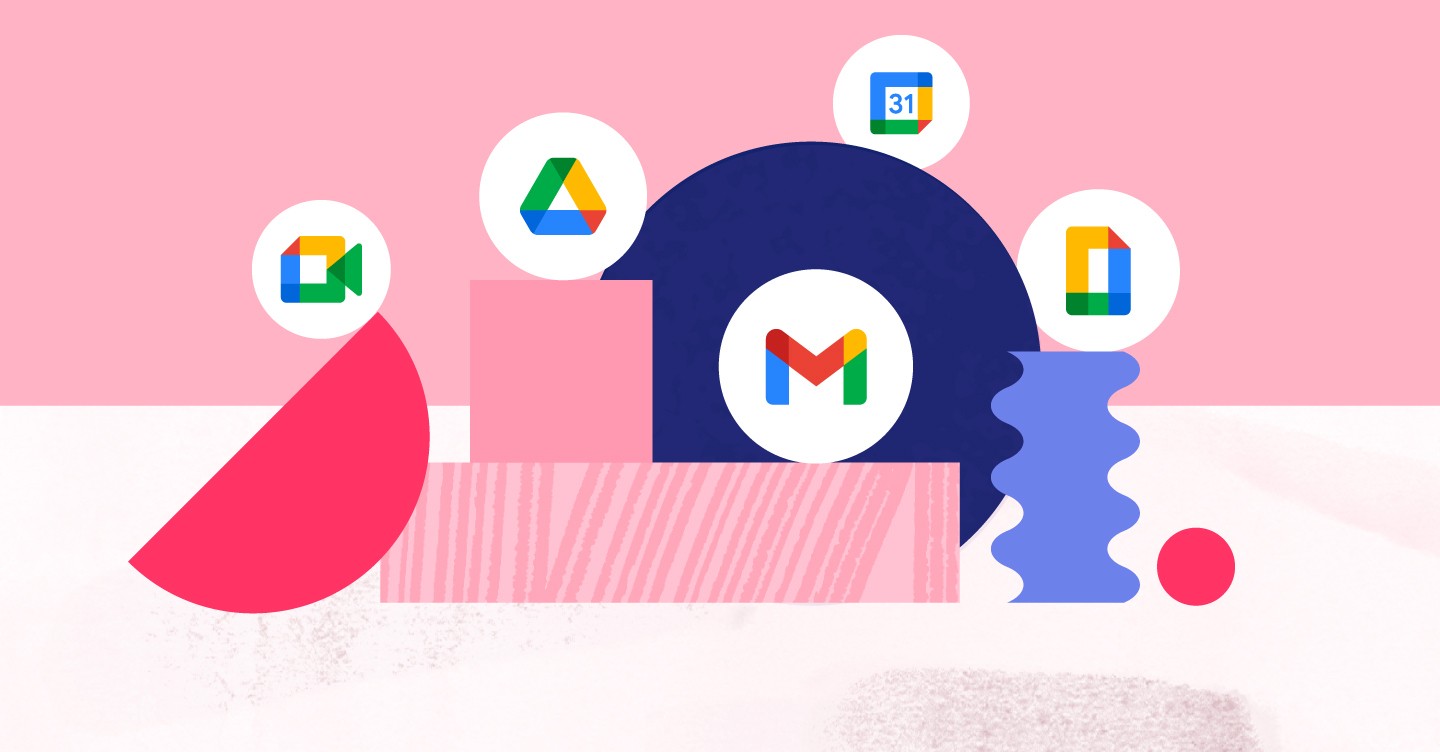Christina Scannapiego
Director, Content Marketing
As the only CRM built for Google Workspace, we’ll tell you everything about G Suite vs. Google Workspace so you’re as prepared as possible for the transition.
If you’re like most people, you got that email in your Gmail account about Workspace and thought, “Oh no! What does this mean for my business?” We hear you; change can be hard. It’s especially tough when you don’t have a say in the matter.
So, is this change cause for panic? What exactly will be changing for you as far as your G Suite account? Let’s get into it.
G Suite vs. Google Workspace: What’s changing
Back in October 2020, Google announced they had officially rebranded G Suite to Google Workspace. And eventually, all G Suite account users, including G Suite enterprise, will have to make the transition to the new rebranded solution.
Google Workspace brings all of G Suite’s core tools for collaboration and communication — like chat, email, voice, video and their content management tools including Docs and Sheets — together into one, unified productivity suite. It’s designed to give users everything they need in one space.
Google Workspace aims to enhance collaboration and increase efficiency and office productivity to help our new, increasingly digital workforce to work seamlessly. (Check out our blog, What is Google Workspace? for a complete rundown of Google Workspace features).
So, what’s the difference between G Suite and Workspace?
In many ways, all the functions and core features you know and love are staying the same. How they interact with one another is what’s changing the most. There are a few differences worth noting:
The pricing tiers have changed. The pricing is similar to G Suite’s tiers. Workspace’s Business Starter is the same price as G Suite’s Basic at $6 per user, per month. Workspace’s Business Standard is the same price as G Suite’s Business plan at $12 per user, per month. The Enterprise plan has custom pricing in both. Workspace offers a fourth option called Business Plus at $18 per user, per month to help serve a broader user base.
Monthly plans aren’t called plans anymore. Now they’re editions.
There are user caps for lower editions. There’s now a user cap of 300 users for the three lowest plans. Since enterprise standards are different, the Enterprise edition has unlimited users.
Certain features will require an upgrade. Most users will be fine staying at the same price tier as their G Suite plan. But it is worth noting that some features are changing and will be lost in some of the lower-tiered editions:
- If moving from G Suite Basic to Business Starter – You’ll no longer have admin control of chat features or be able to stop users from sharing files or links with people outside of your organization. You’ll also lack the ability to set up the Google app on Android devices or selectively distribute apps to company-owned Android devices.
- If moving from G Suite Business to Business Standard – You won’t have Google Vault access anymore. The user’s cloud storage is capped at 2T per user (versus unlimited). Videos will be limited to 150 participants. Like with Business Starter, Google Workspace admins can’t stop users from sharing files or links with outside users or set up company-owned Android devices anymore. Rooms are no longer automatically released if attendees decline. Admins won’t be able to put rooms in maintenance mode, clear room calendars, or set default durations on calendar events. You’ll also no longer have the option to select a geographic location for your data.
Despite these changes, Google insists they’re varying up options to meet a broader range of customers at a price point that makes sense for them.
There’s a new look. If you haven’t already noticed, Google has redesigned, so all their Workspace applications have a similar feel and motif.
New collaboration features. Google is upgrading its collaboration tool functionality by adding a host of new collaboration features and capabilities to Workspace, including the option to video chat on Google Meet while collaborating real-time in Google Docs, Slides or Sheets.
Preparing for the transition from G Suite to Google Workspace
Ultimately, the rebrand from G Suite to Workspace seems like a positive one. It’s positioning as a productivity suite emphasizes collaboration and efficiency. Plus, like all changes of this magnitude, Google doesn’t expect it to happen overnight.
If your Google account is currently on a flexible plan, expect them to reach out with a transition plan in the upcoming months. If you’re on a fixed-term or annual plan, you won’t have to worry about transitioning until it’s time to renew.
Copper is the only CRM built for G Suite and Workspace, and we’re here to help you through the transition. If you’re a Copper customer, no need to worry — we have your back.






